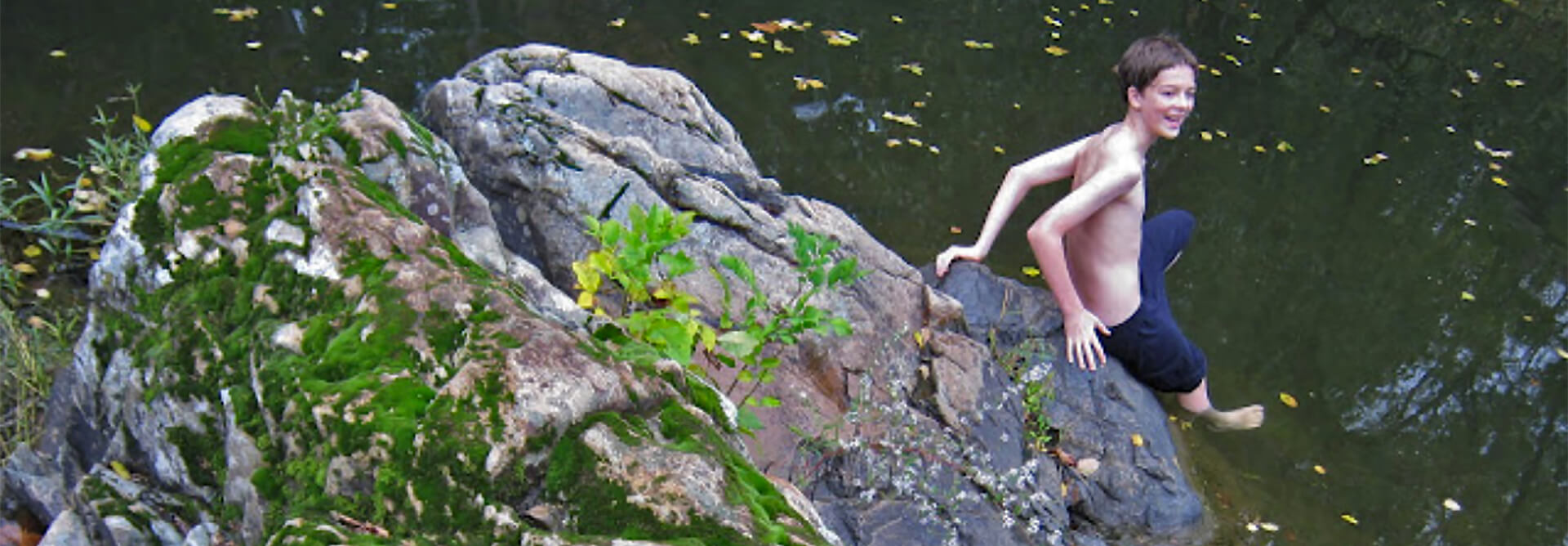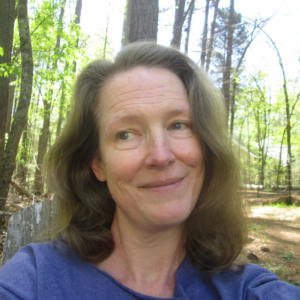I walked into Dr. Anthony Weston’s classroom on the campus of Elon University and wrote a concise summary of unschooling on the whiteboard:
Unschooling is freedom from schooling.
How do you unschool?
1st Deschool yourself
~confront your indoctrination: school is necessary, school increases intelligence, and learning is a response to teaching.
2nd Administer your curriculum
~Food, Sleep, Love, Empowered Curiosity
~Shelter from obligate: surveillance, competition, performance, and stress
Dr. Weston wanted his students to experience freedom in the context of learning for his “Philosophy of Education” class. It was an intriguingly dissonant idea, to set up an environment conducive to learning in an academic classroom, without then teaching. I agreed to help by demonstrating what unschoolers do at home: create an enriched environment, strew new ideas, model behavior and curiosity, and be available to offer support and guidance for students.
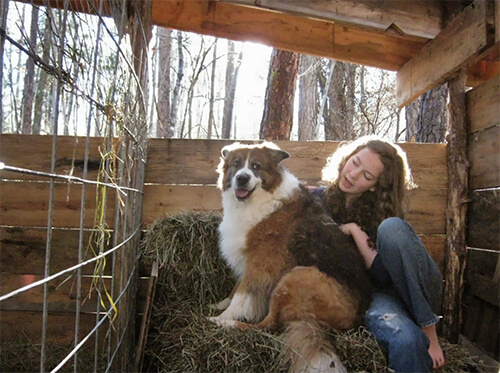
Writing instructions for unschooling on the whiteboard before class started was an example of strewing — putting ideas or materials in obvious places to be found without also teaching about them. Libraries exist to make ideas and materials available and easy to find without explicitly guiding anyone to any specific lesson. To mimic use of the library for strewing I brought our old library suitcase to class, filled with books from our home.
During our unschooling years, when my children were young, they chose any books they wanted on any topic at the library. And while they were making their weekly choices, I was loading the suitcase with choices of my own, for them. I chose books and videos that were intentionally above and below what seemed developmentally likely for each kid, at that time. But nothing in the suitcase was required reading.
For this class, I chose books that represented personal unschooling mistakes, books that were successful for us in some way, books each of my kids had loved, books well below what was developmentally likely for college students, and books far outside college curricula. I tried to choose books that would be controversial, intriguing, or that might incite questions. The book bag was unzipped, randomly unpacked, and left sprawling across a table in the classroom.
Other tables in the classroom were set up with other possibilities to explore that, hopefully, also mimicked a comfortable rich environment at home. One table had some games. One table had a reference book for sock knitting with a pair of socks in process, and a very simple knitting swatch any beginner could pick up. One table had snacks including hot apple cider. One table had an iPod with a speaker. One table had an old notebook that visually chronicles the way cursive was not taught, yet modeled for and practiced by my children — along with two pots of ink, three different kinds of quills, and some blank paper. We also brought in some musical instruments and some cushy chairs.
Love and chaos are also integral parts of a home and a well-educated life. To help demonstrate that, it felt like there should have been animals in the room. Dogs, goats, or baby chicks were all considered and any of them might have quickly elicited curiosity or interaction from the students, or introduced chaos. But animals ended up being too complicated for this presentation, so that idea was scrapped. We finished setting up everything else and it was time for class to begin.
When the students walked into the classroom, the room was silent and they were ignored. I was sitting in my favorite chair knitting a sock. Dr. Weston was doing something on his own, possibly setting out more mugs for cider. We each probably smiled or made brief eye contact in a natural human way with the students. But nothing more. Dr. Weston refrained from introducing me or explaining what was happening. It took some self-control, but I did my best to knit into the growing silence and expectancy of the students. The impulse to teach is so hard to resist.
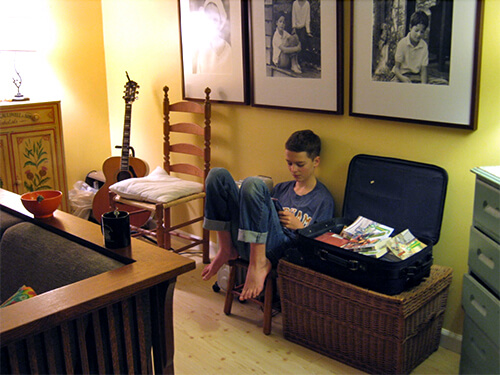
After a few minutes, I looked up and smiled again and said hello, then went back to knitting. Dr. Weston still said nothing. After a few more minutes of silence, and partly because time was limited, I offered a tiny nudge of guidance by asking if any of the students knew how to work an iPod — of course they did. I suggested someone play some music. The music seemed to release everyone from waiting for teaching, and the students began to drift around the room, eventually checking out the things on the tables, their phones, and each other.
What music did they choose to play? The first two songs were “Me and Julio Down By the Schoolyard” and “Mother and Child Reunion.” Vintage Paul Simon was a surprising choice. Beyonce’s new album was available, among many others. We might guess any song with “schoolyard” in the title was student-chosen in an attempt to fit into what was clearly an oblique lesson of some sort, a calculated guess.
But “Mother and Child Reunion” was so unexpected and apt for unschooling it nearly brought tears to my eyes. Some see institutional elementary education as a patriarchal system that inculcates competition and a sense of standing alone or independence in our society, through our children. Competition (for grades, goods, and status) stratifies schools, families, and society.
And we get busy teaching these lessons early. Often, soon after babies are born, they’re put into daycare while parents go off to work for money. Baby care morphs into academic pedagogy in our culture often by age 3 or 4, if not sooner.
Unschoolers don’t walk away from little children leaving them in the care of teachers. Our culture tends to value time over money, and emphasizes relationships and interdependence over independence. Carol Black explains:
Unschoolers are socialized partly by opting out of schooling. And it begins with a parent and child reunion. Smiling to myself, I hummed along with Paul Simon’s song and knit in the growing commotion. It didn’t take very long after the iPod was cranked up for a student to address the room, “Does anyone want to play guitar? ...You don’t know how? ...That’s okay, I can teach you.”
And with that, cooperative, spontaneous, curiosity-led learning was explicitly underway. As the noise level in the room began to rise, indicating the students were no longer waiting for schooling, I stopped knitting and started watching them. I noticed one student poring over the sock-knitting book. Others were playing games. A few seemed to be simply loitering. I crossed the room for a cup of cider.
Over the hour long class, some students approached me with specific questions about unschooling. The questions were varied, thoughtful, and bold. Some were concerned with issues of socialization and some questions revealed more about schooling than the students may have realized.
“You let your kids eat and sleep as much as they want — as MUCH as they WANT?!”
“But how do you ... control them?”
“But why would a kid ever choose to read a book if they didn’t have to?”
“So, what, your kids just sat around your house with you all day?”
“I’m sorry. But would you say that your son wants to attend the university in his hometown because he is afraid to leave your side?”
And one question I’d never heard before,
“How do you keep them from, for instance, cussing?”
Stymied by that question, I hope I’ll be forgiven for offering the only answer I could think of, “Why the hell would I do that?”
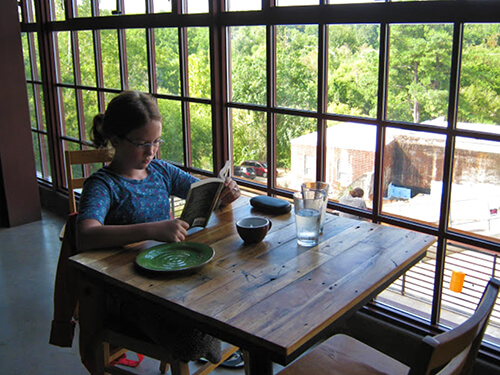
There were three professors from the philosophy department in the room. Dr. Weston moved quietly around, speaking one on one with students and listening to conversations. The other two wandered in after class had begun. One settled down in the guitar circle. At one point, I noticed him demonstrating slide guitar with a glass bottle of ink.
The other professor erased what I think of as our family’s unschooling curriculum written on the board: food, sleep, love, empowered curiosity, and shelter from obligate stress. Over that, he drew a diagram of Plato’s Cave and tried to engage the class in a lesson about objective truth. Taking an opportunity to model curiosity, I stood next to him asking questions.
He addressed the class in a loud voice, “You all are in a cave. You think what you are doing has meaning, but it doesn’t. Meaning is outside.” They looked at him a few seconds and then turned back to what they were doing. He explained to me that he was trying to divert the students from unschooling with teaching. I explained that even if the students had been willing to listen, they would still be unschooling. Because any learning, even in the context of traditional pedagogy or classes, counts as unschooling as long as it isn’t coerced. He looked at me and said, “Oh! Huh.”
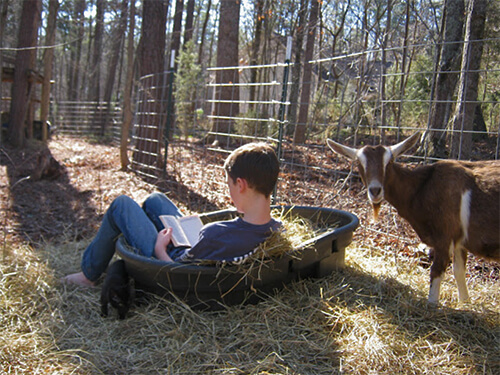
Over the hour, learning happened all over the room in different ways about varied topics. I helped some students figure out how to use one of the trickier fountain pens. I flipped open a midwifery textbook by Elizabeth Davis, “Heart & Hands,” to try and intrigue the student who has not yet realized books can be intrinsically interesting. I approached the student who had been reading the knitting text and asked if he would like try some knitting himself. After maybe five minutes of instruction, he began to remember lessons he’d had as a young kid. Soon he was spooling garter stitch off his needles quite happily and asking where he might buy some knitting supplies of his own.
The whole experiment went well from my point of view. We set up a specific environment and students showed up and followed their own interests. Learning happened. The atmosphere was, as intended, warm, cheerful, and fun. I’m not sure every student enjoyed this experience, but student response that I heard was genuine, engaged, and enthusiastic.
“Oh my God! You are freaking me out!”
“WHAT IS THAT?! What .... Oh WOW!”
“This is so radical.”
“Knitting is relaxing.”
“I know this might sound weird, but you’ve really got me thinking about when I’m a parent. This is so cool. Thank you.”
If you enjoyed this article and feel called to give back to ASDE, here are ways you can support our work:
- Donate money
- Share our content with others! Click one of the buttons above to easily share on Twitter, Facebook, or email.
- Consider becoming a Contributor for Tipping Points
Tipping Points Magazine amplifies the diverse voices within the Self-Directed Education movement. The views expressed in our content belong solely to the author(s). The Alliance for Self-Directed Education disclaims responsibility for any interpretation or application of the information provided. Engage in dialogue by reaching out to the author(s) directly.


